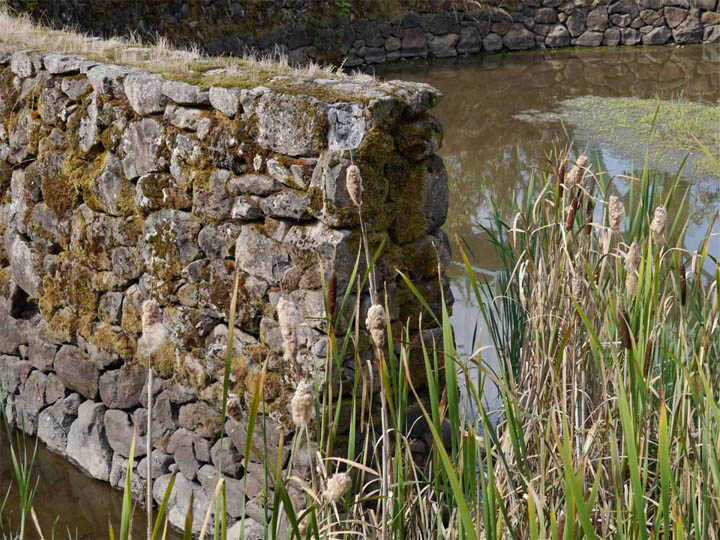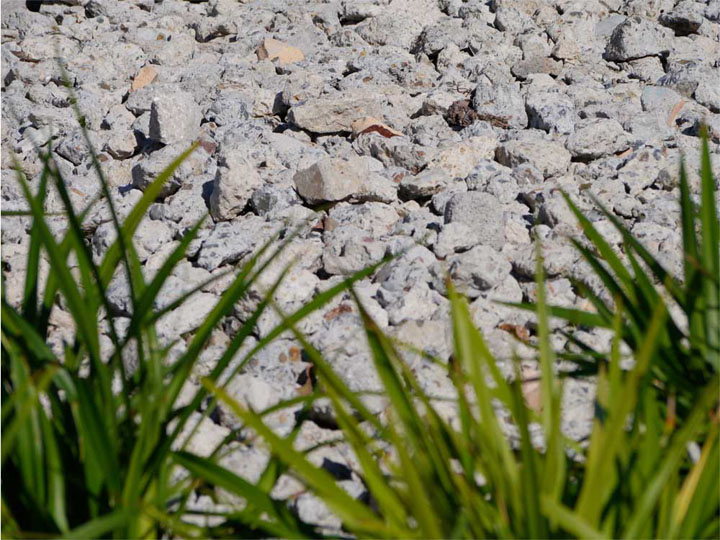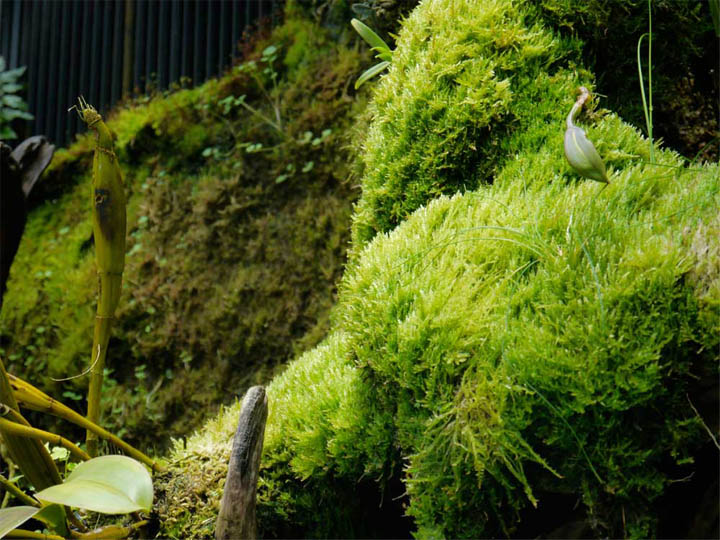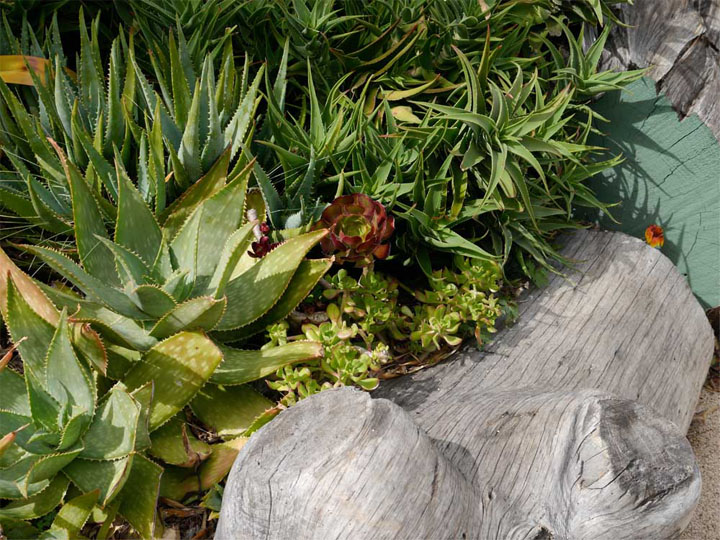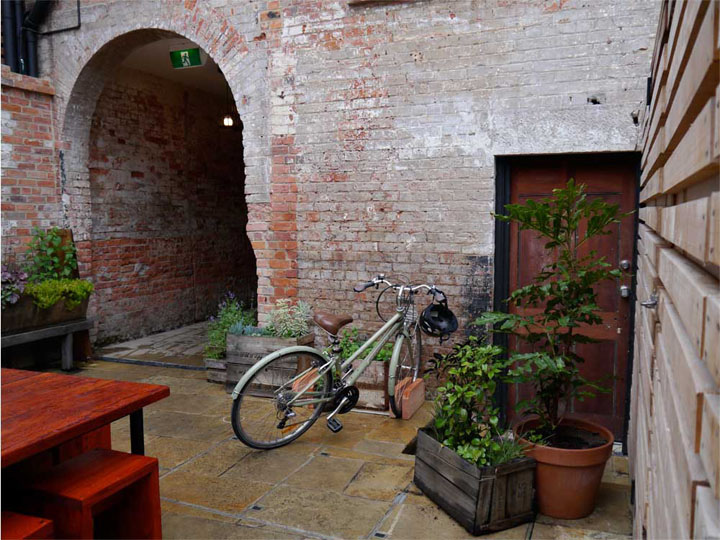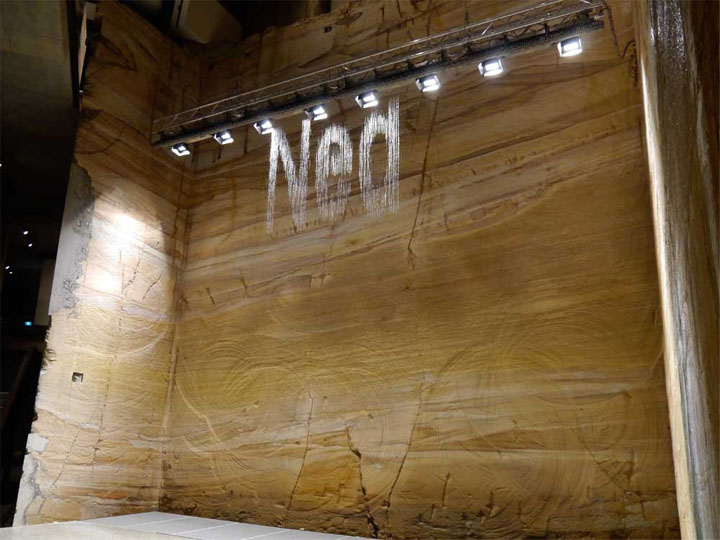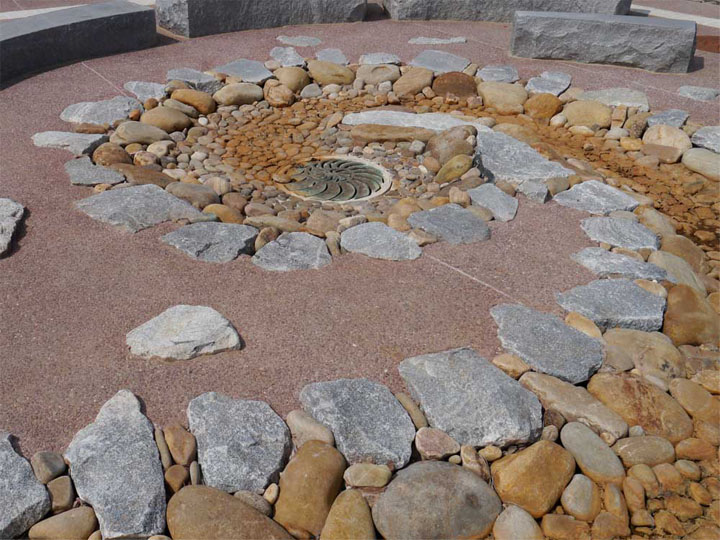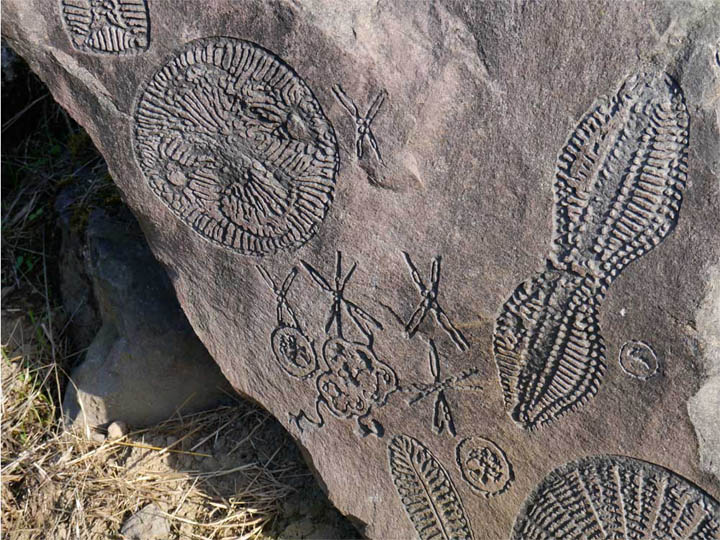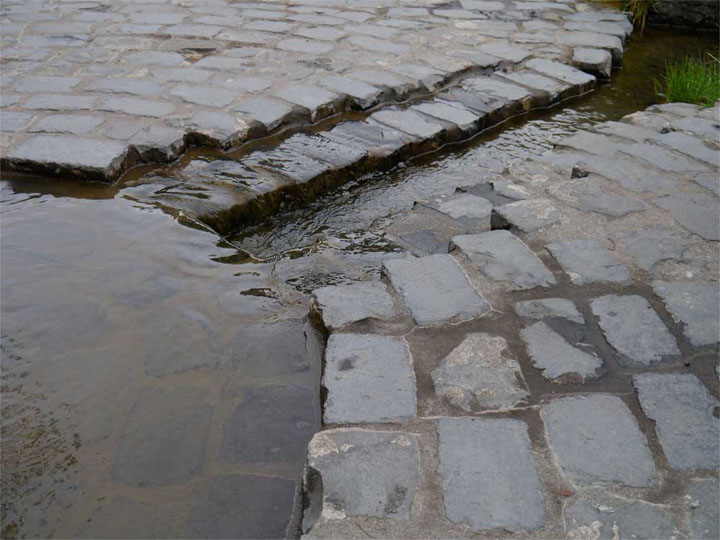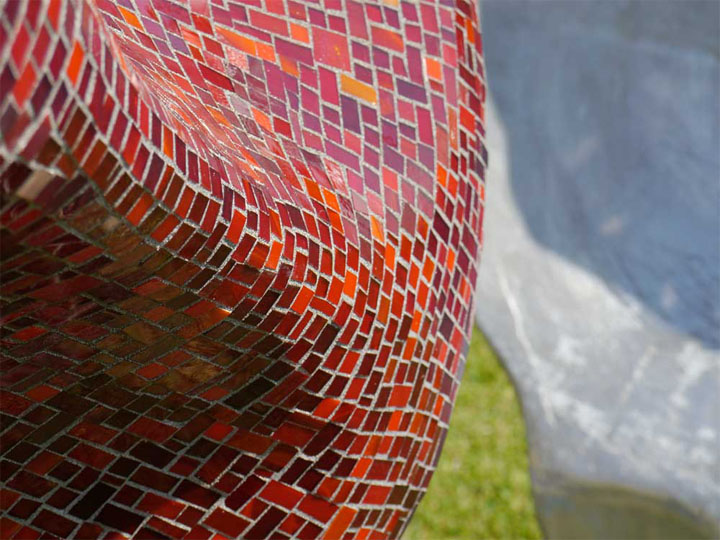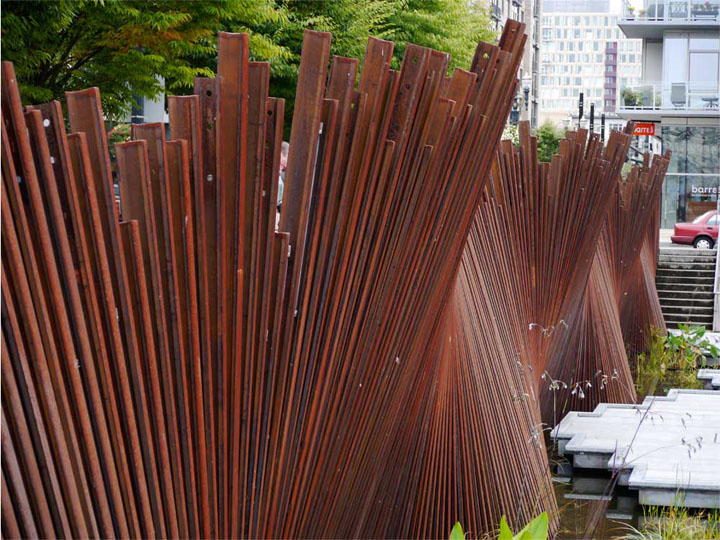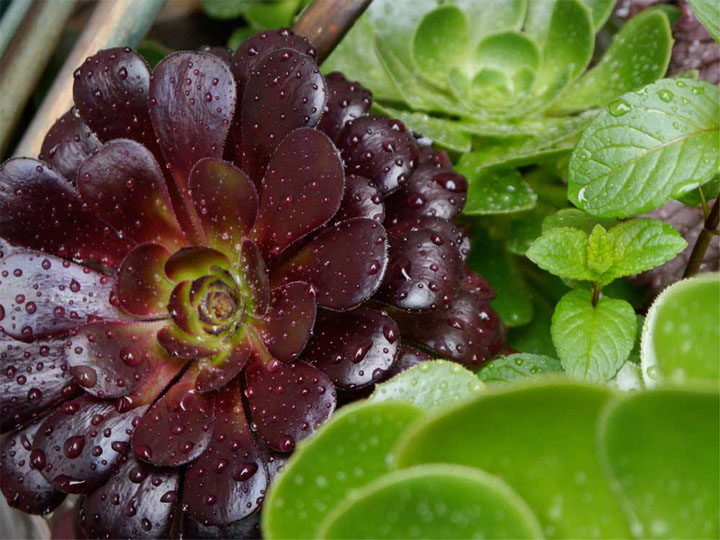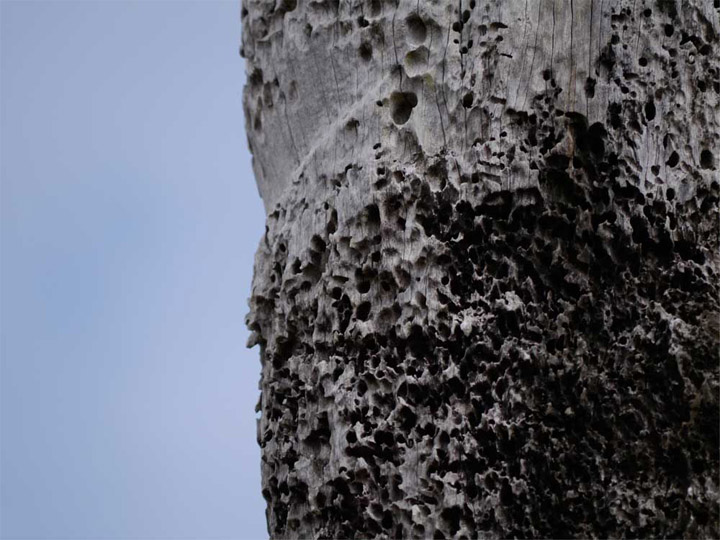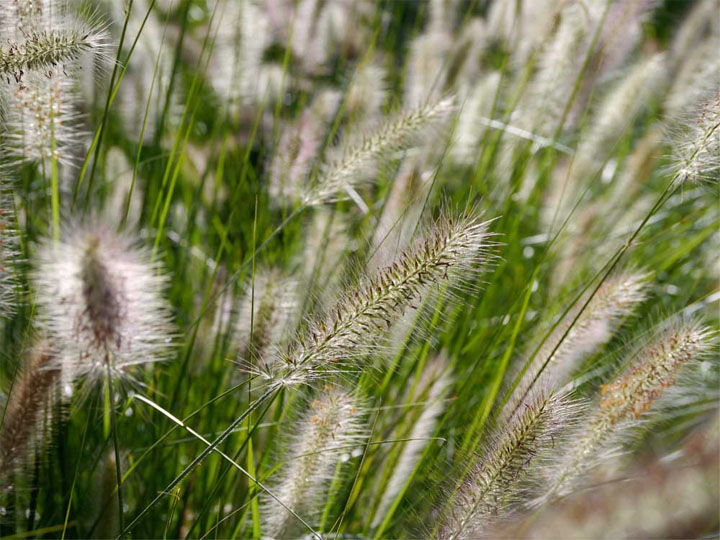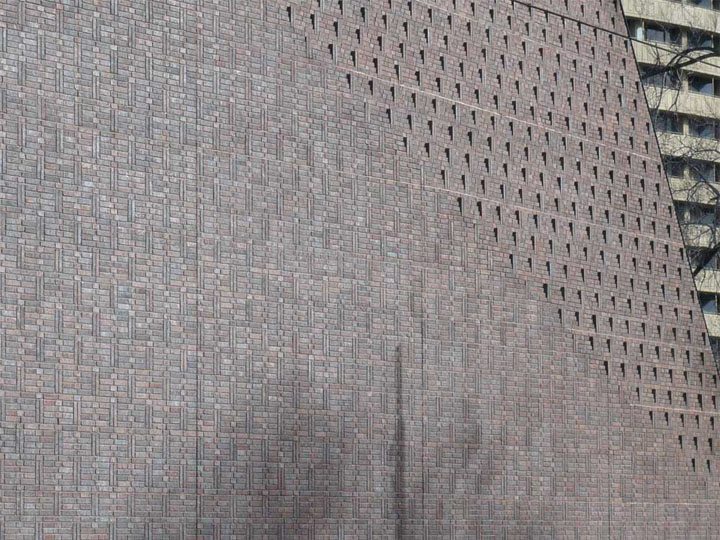Starting our month exploring circles we visit Sydney Olympic Park, home to a surprising number of them.
Read moreJamison Square Fountain
A cascade, a pool, and so much more...
Water is one trick designers always have up their sleeve if they want to attract a crowd.
A true honeypot of public space design, thoughtful ponds, cascades, rills, reflecting pools, pop jets, bubblers and other watery wonders will draw people in every time.
They can be big, small, solemn or silly, and some of them manage to appeal to people of all ages. A rare few even look good without any water.
One such marvel is the Jamison Square Fountain in Portland.
The Fountain was built in the mid-2000s and is a well-publicised urban water feature, but it’s worth revisiting to remember just why it’s been so successful.
1. A catalyst for change
Jamison Square was a catalyst project for the redevelopment of the Pearl District, to the north of downtown Portland. Once home to railway yards and light industry, The Pearl is now a textbook urban renewal neighbourhood of mid-height buildings, thousands of new residents, ground floor shops, generous, walkable footpaths, convenient public transport and a variety of parks and public places.
2. Simple concept
The design concept is incredibly simple. There are only three elements to Jamison Square: a timber ‘boardwalk’ – a timber footpath effectively, that runs along each block of The Pearl towards the river, and recalls the former riverfront walkways; a gallery – a number of large-scale public artworks are installed; and the fountain itself.
Looking into the Square from above. The boardwalk is in the foreground. Look for the row of stone blocks snaking through the middle of the park.
Image: Flickr User pondskipper via Wikimedia Commons.
The contemporary totem is one of four artworks marking the entries to Jamison Square.
3. An engaging experience
The backbone of the Fountain is a long wall, slightly curved in the middle. It is made of chunky, stacked stone blocks, perfectly arranged for little kids to negotiate the top with someone holding their hand, or for big kids to dash along.
Beyond the wall the stone stacks decrease in height and vary in spacing. In some places it’s still possible to make the entire journey on the stone steppers. Elsewhere it becomes trickier once you add in…the water.
On regular intervals water starts to spill out of cracks and crevices in the rock. It starts in the middle with a tiny trickle, then moves on the rock stack next door, then the next one, then the one in front, and so on until it some places the water is 300mm deep.
The pavement in front of the wall slopes gently down, creating different water depths, and allowing kids of all ages to enjoy the experience.
Once the basin is full the water slowly drains away, till only the stones remain and the whole process starts again.
4. A versatile space.
The Fountain has been designed to be experienced both with and without water.
The water can be drained and the Fountain used as amphitheatre seating for events in the Square.
5. A user-friendly space.
Movable folding chairs are scattered around the Square, easily repositioned according to your preference for sun, shade, distance from or closeness to the Fountain. The street blocks are small and the footpaths generous, so it’s easy to get to the Square, in fact it’s almost impossible to avoid it as you’re walking through the district. The quality of construction is excellent and maintenance is obviously a priority, all contributing to the sense that this is a well-loved and highly valued piece of the city.
Now it’s over to you.
What do you think about Jamison Square Fountain? Let me know one thing that appealed to you the most. Of course, if you’ve visited Jamison Square, I’d love you to share your thoughts on the experience.
If you know someone else who might find this interesting, why not share it, and if you liked it ‘heart’ us below. Go on...give it a shot.
Thanks for reading, and see you soon for more garden, landscape and design stories.
Note: Jamison Square Fountain was designed by PWP Landscape Architecture. It is located at 810 NW 11th Avenue, Portland. It Find out more about the history and opening hours at the City of Portland website.
Although we visited on a rather bleak day, lot's of people were still engaging with Jamison Square Fountain. This image gives a glimpse of what it's like on a summer's day - pandemonium! If you're in Portland in summertime, go check it out.
Image: Gary Halvorson, Oregon State Archives.
Your Favourite Stories of 2013
It’s hard to believe the Landscapology blog has been up and running for six months now. In that time the number of people receiving weekly updates has more than doubled - thank-you for your interest and support! So as the year draws to a close, let’s take a look back at the stories that resonated most with our regular readers.
Here’s the Top 10:
10. A Celebration of Texture: sometimes the bumpy bits are the most interesting - our small selection of beautifully textured pavements, walls, walls, artworks and plants.
9. Design Class: make analysis your friend - the first of two simple guides to basics to looks out for and understand before you start designing.
8. Elephants never forget...and they can teach you how to read drawings - Trunky the Elephant's Design 101 guide to understanding plans, elevations and sections.
7. How I visited a park in Colombia and ended up with a book deal - as Future Park went to print I explained how the whole project came to be.
6. Visit Landscapology at Brisbane Open House - a sneak peek inviting people to visit the new studio. The follow up story of the day was also popular.
5. Back of House - celebrating the delights of the tangled, messy, not-for-public-view backs of our city buildings.
4. Is the frangipani Brisbane’s favourite summer tree? - the answer was a resounding yes! And this story was a tie for fourth place, with...
4. Landscapology’s 2013 Christmas Book Guide - last week's list of the books that have brought faraway landscapes closer to me this year.
3. Serenity...in the least likely location - our tour through delightful Newtown Creek Nature Walk, next door to New York's biggest sewage treatment plant.
2. Big Prawn...yawn: THIS sculpture park features the biggest from the world's best - our visit to the amazing Gibbs Farm Sculpture Park outside Auckland.
1. Confessions of a sell-out: Future Park is launched! - my opportunity to thank everyone who has supported me along the long and sometimes rocky road to bring my book from dream to reality.
But now it’s over to you.
What’s been your favourite story this year and why? What would you like to see more of in 2014?
I’d love to know – please drop me a line in the comments below, or send me an email.
Of course if you know anyone who’d enjoy this article, please feel free to share. And if you've been sent this by a friend, consider signing up to receive a new design tip, feature project or Landscapology update in your inbox each week.
Stop by again next week when there will be more from the wonderful world of landscape, architecture and design.
All images © Amalie Wright, except Future Park launch photo, by Nicole Phillips.
A Story of Sexy Swales, Swirls and Stormwater
You and I are over 50% water, and water covers around 70% of our home planet.
Water is as fundamental to our survival as oxygen, yet we often take it for granted.
Next week I have the honour of giving a presentation to a wonderful group of people who make it their business to think about water.
My audience at the 8th International Water Sensitive Urban Design (WSUD) Conference will include the engineers, designers, scientists and policy makers who are at the cutting edge of thinking about water in our cities: how we get water when it’s dry; protect ourselves from it when it floods; treat and clean it; and how we manage the rivers, lakes and water bodies in our cities.
I’ll be talking about parks as a way of bringing people and water infrastructure together.
I’ve written about parks such as the Newtown Creeek Nature Walk before. The Nature Walk brings visitors bang up against New York’s biggest sewage treatment plant, and one of its most polluted waterways, yet still manages to provide a calm and artful oasis full of inviting moments.
Today we’re heading to the opposite side of the US, to visit Portland’s Water Pollution Control Laboratory.
The Water Pollution Control Laboratory is the red building in the centre of this image, surrounded by extensive gardens. Downtown Portland is on the opposite riverbank in the distance.
Whilst WSUD is still a new concept to many people, this building, and its surrounding water sensitive landscape was established in 1997.
Approaching the Centre, remnants of former structures remain visible.
The building is home to the Portland Bureau of Environmental Services Pollution Prevention Services, which monitors water quality in the surrounding area. Six labs totaling 1,400 m2 provide start-of-the-art facilities for testing and identifying environmental pollutants.
The building itself features many cost-effective, energy efficient elements, including the large roof overhangs...
windows that can be opened
and generous spitters that direct rainwater into the gardens below.
Rocks directly below the spitters absorb the impact of the falling water, which then spreads into the garden beds, irrigating the plants and allowing the removal of waterborne pollutants.
The garden beds form part of a landscape that educates visitors on alternative ways of managing pollutant-laden stormwater runoff. It treats the runoff from 20 hectares of surrounding streets, paths and neighbourhoods, as well as the lab’s carpark.
The 60-car parking area is also water friendly, with runoff being directed towards lushly planted swales. The planting really breaks down the expanse of asphalt – in some areas the cars are all but hidden – and provides space for shade trees.
Adjacent to the carpark are test plots, where different plant species are trialled for use.
The centrepoint of the landscape though, is the 6,000 m2 water garden.
Water runoff enters via a rock lined channel, or flume, which slows it down. When it’s not raining this forms a sculptural element in the landscape. (Flume - what a great word! Flume. Flume Flume. I love it! Ahem...)
The water is then held in a pond, where it can be treated and either held on site, or released along a curving overflow into the river.
Lush aquatic and emergent planting surrounds the pond, and a lookout platform allows you to get right out over the water.
The lookout viewed across the pond...
...and on approach.
From there you’re taken on a journey around the pond, through well established planting that at times screens out views of the pond, the building, and even the St Johns Bridge.
It’s a delightful place to visit, and I imagine a great place to work or to take your afternoon cycle (this is Portland after all!).
The water garden was apparently a controversial element in early days. Even though the site had previously been used for industry, many local residents were concerned they would be getting another problem in their backyard, rather than an asset.
Effective monitoring and adaptation over time has ensured that the water garden functions well. And the initial decision to create a sculptural landscape, that integrated with the building and connected to its riverfront setting, has seen the Water Pollution Control Laboratory and gardens become a well-used, and much-loved landmark in the St Johns neighbourhood.
Now it’s over to you.
What do you think of the Water Pollution Control Laboratory? What element most resonated with you? Was it the simple building details that make it a more comfortable place to work, like opening windows? How about the carpark, full of planting that cools the temperature and, let’s be honest, makes it a helluva lot more attractive that just a baking sea of asphalt? And what about the water garden, with its gorgeous stone walls combining with a serious purpose and function?
I’d love to know – please consider emailing or dropping me a line in the comments below.
Of course if you know anyone who’d enjoy this article, please feel free to share. There will be more from the wonderful world of landscape, architecture and design next week.
The multi-award winning building was designed by Miller Hull.
The landscape, also multi-award winning, was designed by Murase Associates.
The sculpture 'Raindrop', is by artist Don Merkt.
All images © Amalie Wright and Richard Buchanan.
Read more about this and other co-location parks in Future Park: imagining tomorrow's urban parks.
A Celebration of Texture: Sometimes the Bumpy Bits are the Most Interesting
Have you ever noticed the way reviewers will sometimes describe a book, or a film, or a character's life as being "richly textured".
This often seems to be shorthand for "they're up their ears in so much half-baked, chicken-with-its-head-cut-off, crazy-ass craziness, they don't know if they're coming or going".
As someone who has known a moment or two of richly textured life in my time, I thought it high time we trained our laser-like focus on the beauty and delight of the textures that surround us.
When so much of our lives is about streamlining and smoothing out the bumps, it's good to remember that the bumpy bits are often the most interesting.
The texture of things catches the light and the rain. Textures can invite or repel. Textures can be experienced with our eyes, our hands, our feet...and whatever else you're up for. The texture of things is critical to how we experience the spaces around us.
So that's it. Please enjoy this small collection of wonderfully textured paths, pavements, walls, artworks and plants.
What did you think? Any favourites? Maybe there was a texture you hadn't considered before. I'd love to hear, so please let me know in the comments below.
And of course if you know someone else who'd enjoy this little dose of inspiration, feel free to share it.
Thanks for reading, and come back soon for more from the wonderful world of inspirational landscapes.
Things Are Peachy on the Bluewater Trail
Mackay, on the central Queensland coast, was once home to a woman, the wife of a manager of a sugarcane mill, who became so famous she had a dessert named after her.
Admittedly this is an unusual way to honour outstanding achievement, but then Dame Nellie Melba was no ordinary mill manager’s wife. Today Nellie Melba would not recognise the city where she once escaped the sweltering heat with musical gatherings at the School of Arts.
One thing she may enjoy though, is taking a gentle turn around the terrific Bluewater Trail.
Trail signage utilising salvaged wharf timber
In the past decade Mackay Regional Council has invested heavily in its Bluewater Trail. This multi-million dollar network is a remarkable linkage park, connecting people both back to and along a vast length of the Pioneer River from the Botanic Gardens to the rivermouth.
Sugar mill on the horizon - seen from the trail at the Botanic Gardens.
On an average winter weekend families cycle, kids and dogs in tow, shopping is transported, and fishing spots are crammed along the western segment of the Trail.
Crossing low-lying areas of the river plain.
Heading for the Catherine Freeman walk, named in honour of the Mackay-born athlete, gold medal winner at the 2000 Sydney Olympics.
This part of the former Hospital Bridge was retained as a fishing platform when the new bridge was built.
Midweek, the bluewater sparkles for tourists, mums and kids, more fishermen, and workers enjoying a quiet lunch beside the river on the Bluewater Quay precinct, through the city centre and beyond.
New inner-city fishing platform.
There are six distinct trail precincts: the Mackay Regional Botanic Gardens, Sandfly Creek Environmental walkway, Catherine Freeman walk, the free (and instantly popular) Bluewater swimming lagoon swimming, Bluewater Quay Public Open Space and Iluka Park.
The trail passes through the Botanic Gardens, at the edge of the lagoons.
Winter grevilleas.
Only west-facing ducks need apply...
Cascade at the Botanic Gardens.
Each has its own defining character. Some areas focus on lush vegetation with very simple sweeping pathways.
Others boast impressive public art installations.
Fishbones, by Fiona Foley, marks the start of the wharf precinct.
Sugar Cubes, by Fiona Foley, interprets the complex history of the district sugar industry.
Thumbprints are from the descendents of South Sea Islanders brought to Australia to work in the cane fields. The names of transporting ships appear on each 'sugar cube'.
Fiona Foley's Mangrove Cap, at the end of the trail.
Mangrove Cap, by Fiona Foley
Check it out in winter, when the days are clear and fresh. In summer, when you feel like flaying off your own skin to escape the unrelenting humidity, seek out a shady spot, catch the afternoon breeze, and head home after for a treat of tinned peaches and ice cream. Yum yum. Dame Nellie would be jealous.
Now it’s over to you.
What did you think of the Bluewater Trail? Is there an aspect of the park you’d most like to check out in person? Leave a comment below letting me know.
If you know someone who’d enjoy reading this article be sure to share it, and check back in a fortnight, when we'll be visiting a park with great lessons for home gardens and landscapes.
(pssst: Bluewater Trail is featured in my book. Check it out for more schweet Linkage Parks).
























































